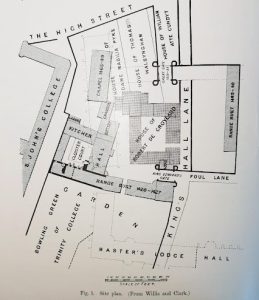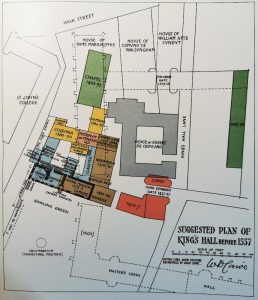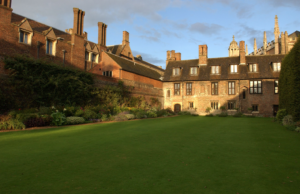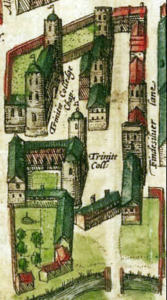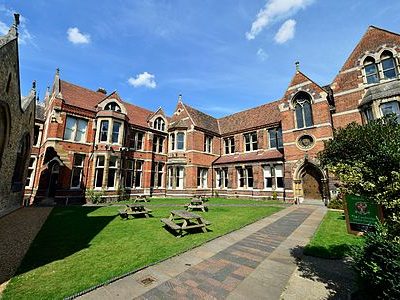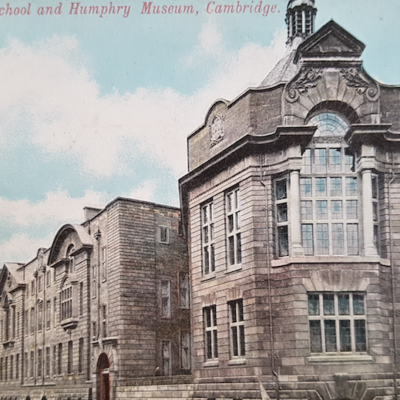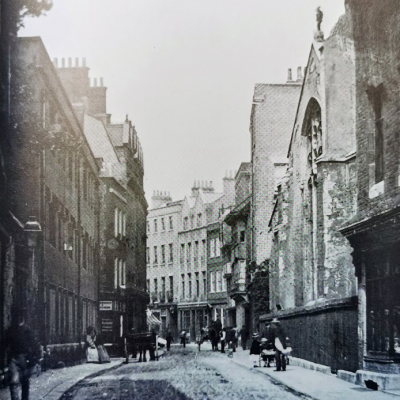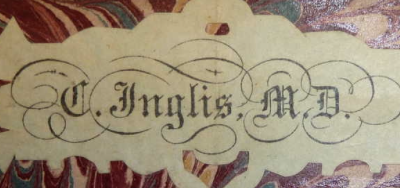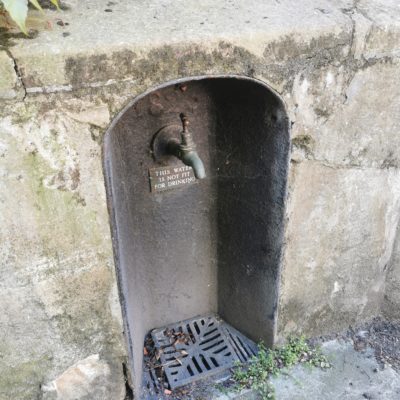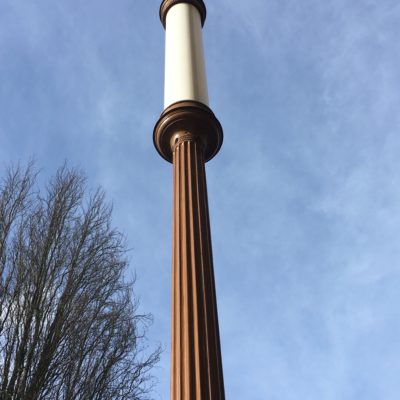Search by topic
- archaeology
- architecture
- bricklayer
- Building of Local Interest
- carpenter
- church
- crime
- dressmaker
- fire
- Great Eastern Railway
- listed building
- medieval
- oral history
- Public House
- Rattee & Kett
- Religious House
- Roman
- scholar
- school
- Then and Now
- tudor
- women
- work
- world war one
- world war two
Search by text
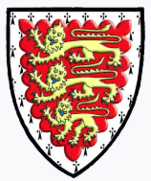 King's Hall Cambridge
King's Hall CambridgeKing’s Hall
History of King's Hall
‘King’s Hostel, Trinity College, Cambridge,’ by W D Caroe, pub 1909, is a detailed examination of King’s Hall. These notes and diagrams are taken from the book.
In 1336 Edward III purchased the house of Robert de Croyland which gave accommodation for 32 scholars.
In 1338-9 the King started the process of acquiring other land. This included the house and garden of Edmund de Walsingham, repaired in 1346-7. The acquisition in 1376 of William atte Conduit’s House completed the acquisition of the land required for expansion of the college.
Building actually started in 1375, Richard Ronhale being Warden. A new Hall and Chambers were completed in 1390 when Thomas Hethersete was warden. In 1393 a rather strange agreement was made whereby a wall was erected between the new establishment and St John’s to prevent unwelcome looking. Glazed windows of obscured were allowed in the wall but if they were broken they had to be repaired within a month subject to a fine. A lavatry and porch were added in 1399; a ‘pistrinum’ or bakehouse was started in 1411. In 1422 the Library was complete as well as the Master’s Chamber.
The history of King’s Hall can be found on Wikipedia.
Contribute
Do you have any information about the people or places in this article? If so, then please let us know using the Contact page or by emailing capturingcambridge@
License
This work is licensed under CC BY-NC-SA 4.0








